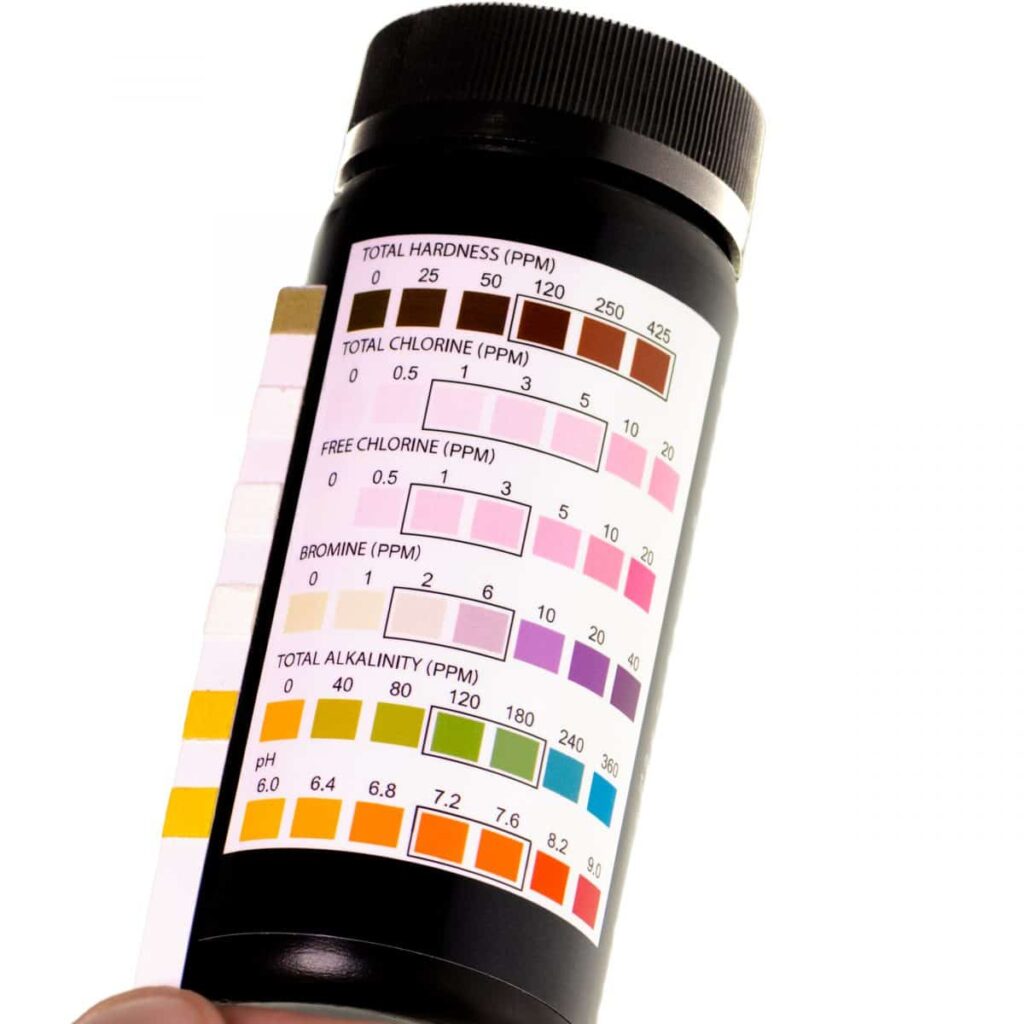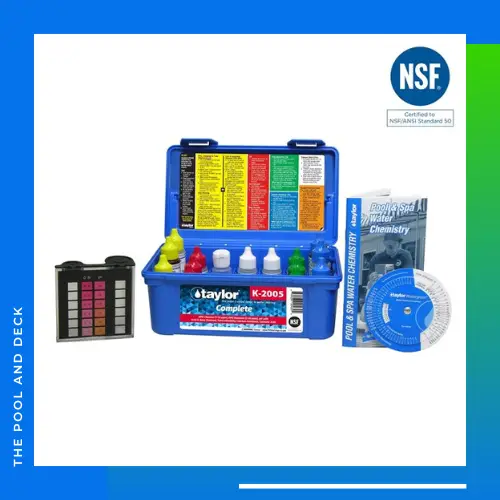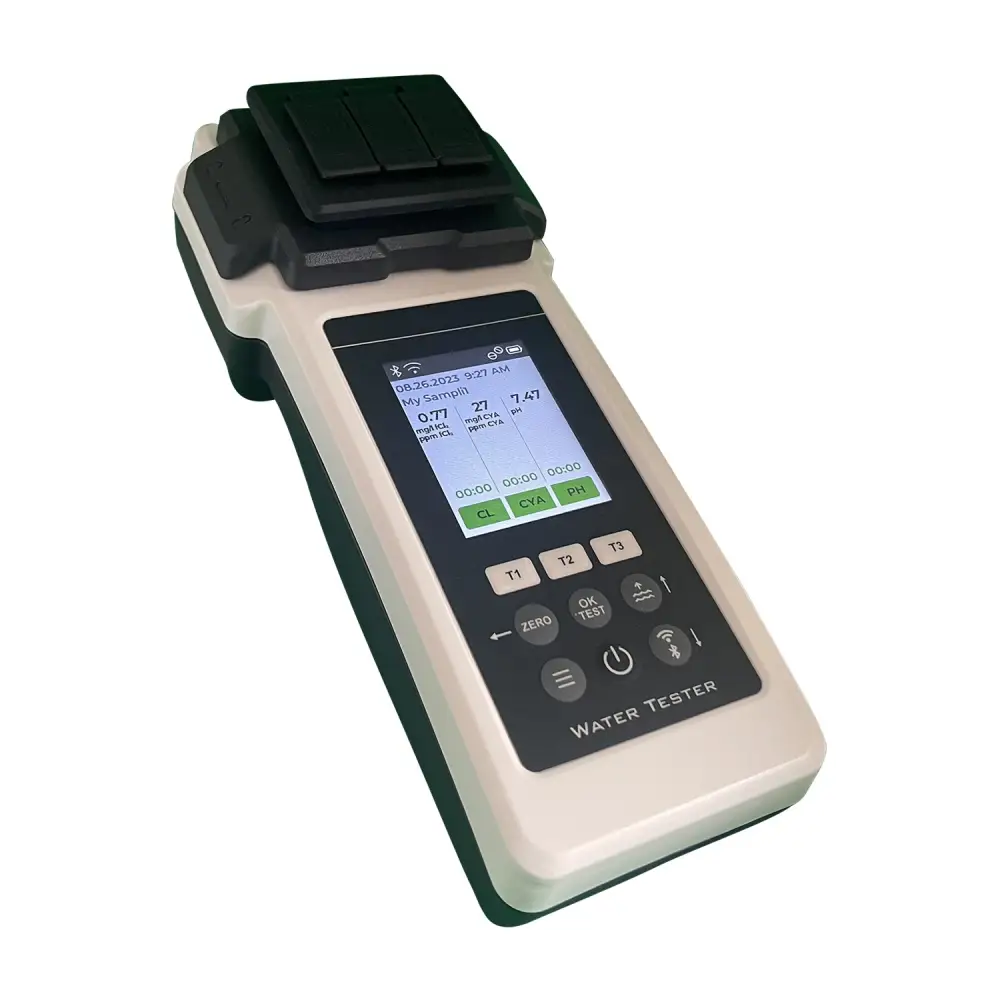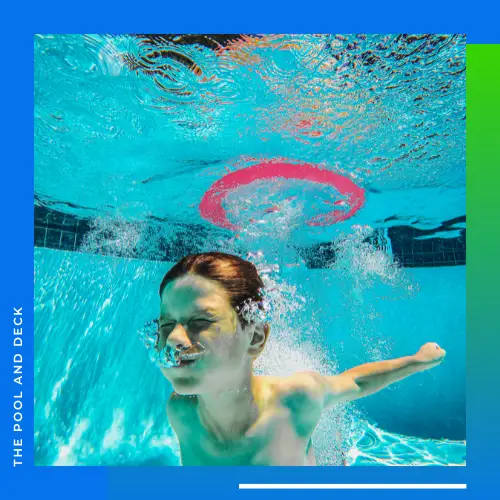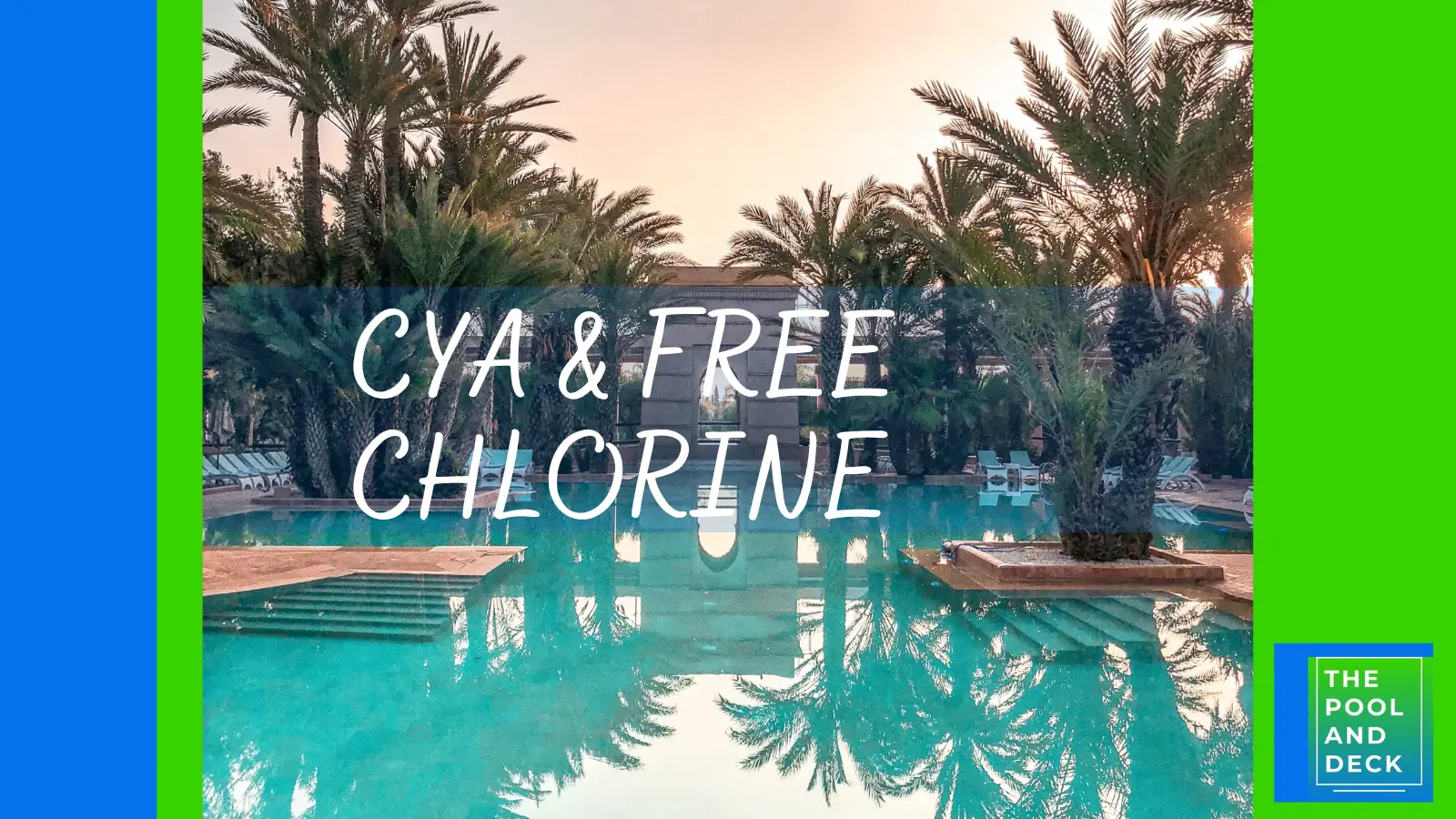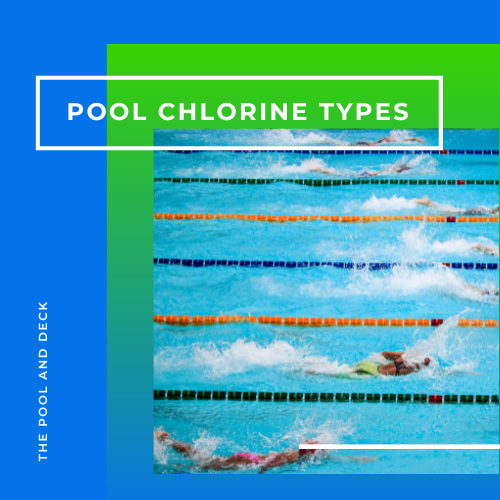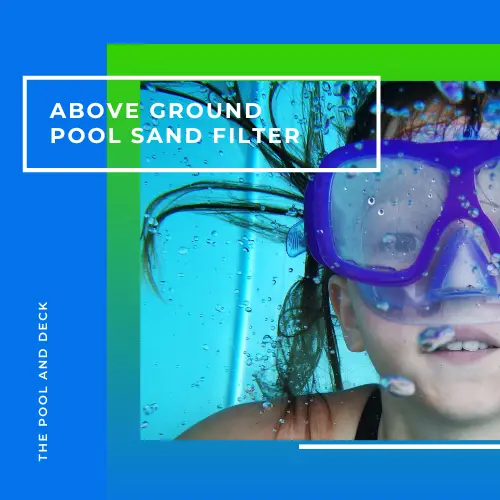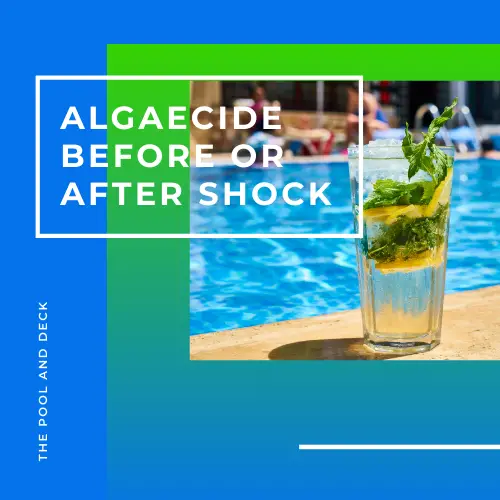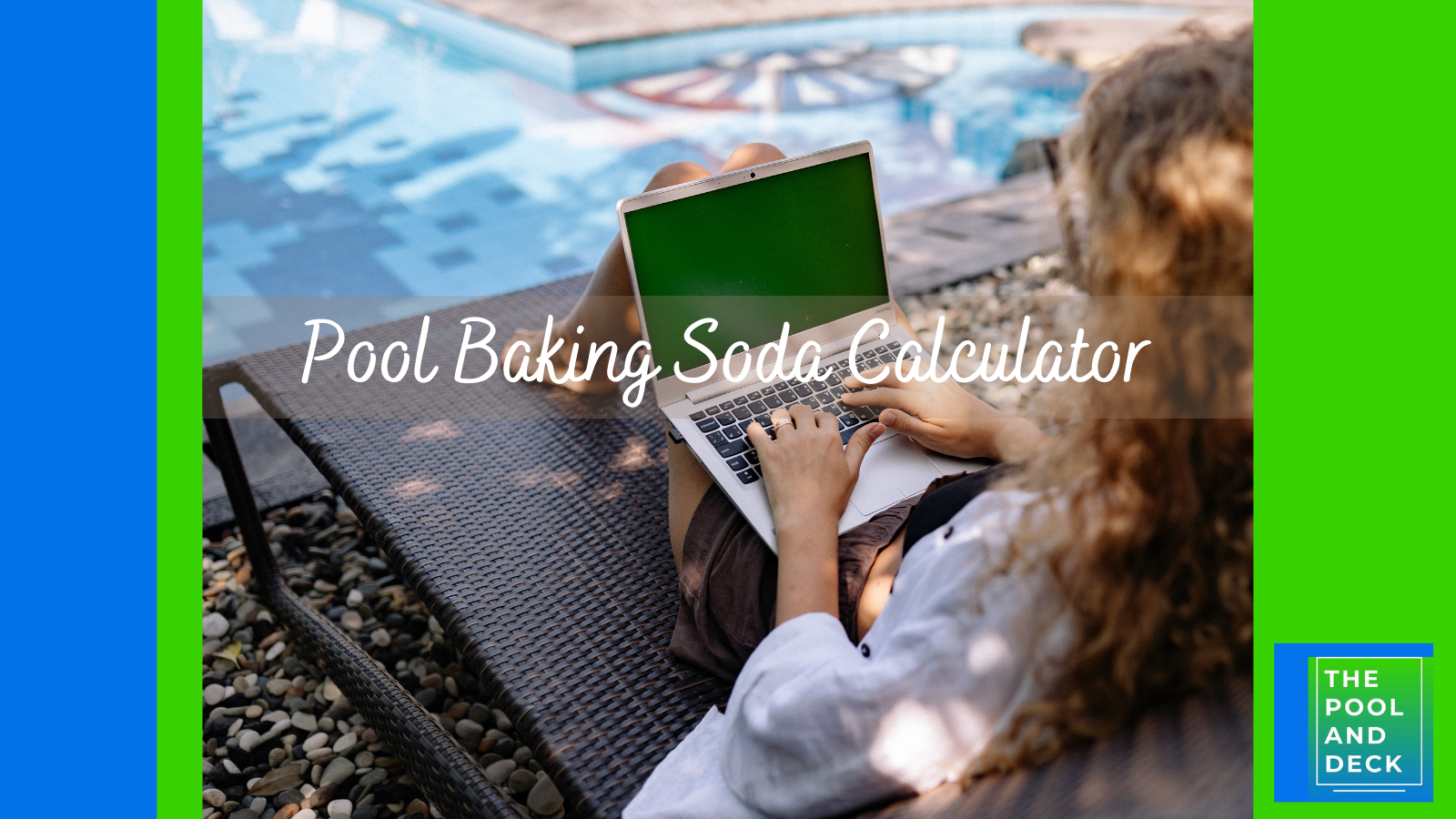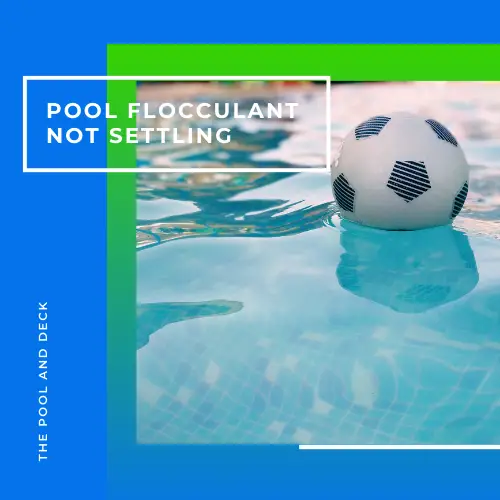How to Test for Combined Chlorine: 3 Best Methods
As an Amazon Associate, I earn from qualifying purchases.
Keeping Combined Chlorine level below 1 ppm is essential for maintaining a hygienic pool, safe for swimmers. But how to test for combined chlorine? Here I tell you exactly how.
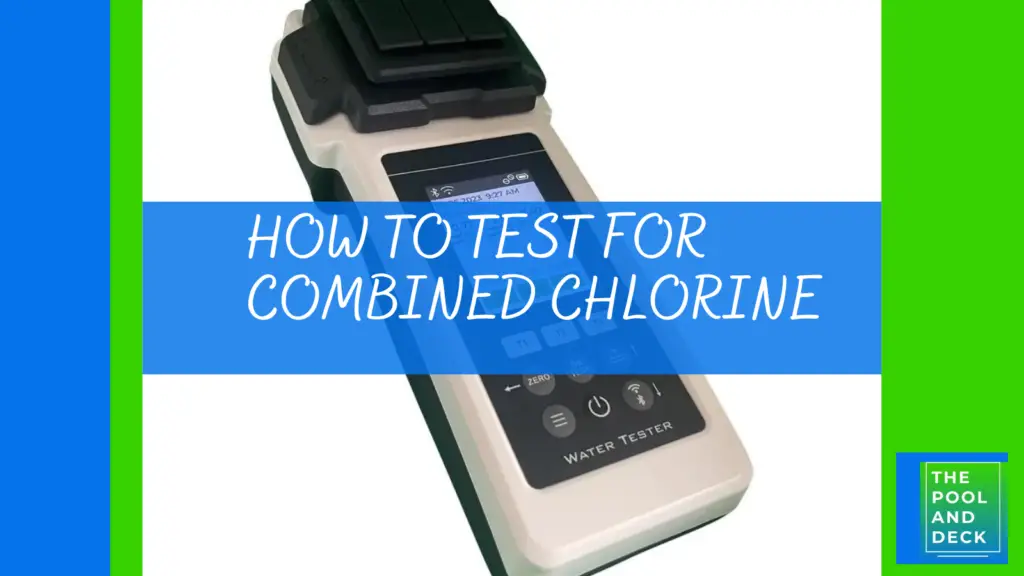
But before that lets understand the basics about combined chlorine.
Table of Contents
What is Combined Chlorine?
Combined chlorine, a less effective but more stable form of chlorine, is a byproduct of pool sanitization. If your pool has got the distinct “chlorine smell”, then chances are that combined chlorine levels are high.
Want to know more? Check out my earlier blog post What is Combined Chlorine? Beginner’s Quick Guide
Significance of Combined Chlorine Levels
Combined chlorine is primarily chloramines. Chloramines are formed when chlorine in pool water combines with nitrogen-containing compounds, such as sweat and urine, brought into the pool by swimmers.
Free Chlorine can combine with any ammonia (a component of body fluids) to form chloramines. Ammonia goes through the following stages.
Ammonia (NH3) ==> Monochloramine (NH2Cl) ==> Dichoramaine (NHCl2) ==> Trichloramine (NCl3)
The final product is Trichloramine which exits the pool as a gas and this gives the pool a distinct “chlorine’ smell.
High combined chlorine levels can cause eye and respiratory irritation. They also indicate insufficient pool sanitation, allowing bacteria to proliferate.
You will find Chloramines in Pool: How Best to Deal with Them and Stay Safe? useful too!
Distinguishing Combined Chlorine from Free Chlorine
At any given time, chlorine exists in two primary forms in pool water: free chlorine and combined chlorine.
Free chlorine is the active disinfectant, readily available to neutralize contaminants. Combined chlorine (also known as chloramines) forms when chlorine bonds to contaminants during the disinfection process. Combined Chlorine (CC) loses most of its ability to disinfect.
To know the difference between the two in more detail check out my earlier blog post, Free Chlorine vs Combined Chlorine Guide
Maintaining Proper Combined Chlorine Levels
Excessive combined chlorine can cause swimmer discomfort, health risks, and unpleasant odors. Regular monitoring and management are crucial for maintaining water quality and a safe swimming environment.
To be able to monitor combined chlorine levels you must know how to test for combined chlorine.
How to Test for Combined Chlorine
To ensure optimal combined chlorine levels, regular testing is essential. Three methods for how to test for combined chlorine levels are available. Of course, each has its own set of advantages and limitations:
Test Strips:
Test Strips are the most convenient and user friendly method. These convenient and quick-to-use strips give you a visual assessment of combined chlorine levels.
Simply dip a strip into the pool water, compare the color change to a chart, and determine the chlorine level.
Pros:
- Easy to use and interpret
- Readily available
- Affordable
Cons:
- Not very accurate
- Susceptible to external factors like temperature and sunlight
Recommended Test Strips
JNW 7in1 Pool and Spa Test Strips
Simply dip the strip into the water for 2 seconds, hold strip horizontally for 30 seconds, and compare with the color chart on the bottle to obtain accurate water results in just seconds.
How to Test for Combined Chlorine with Test Strips
JNW 7in1 Pool and Spa Test Strips lets you test for following:
- Total Hardness
- Total Chlorine
- Free Chlorine
- Bromine
- Total Alkalinity
- Cyanuric Acid
- pH
Follow this simple 3 step test procedure:
- Dip the Test Strip in pool water and hold for 2 seconds
- Shake off excss water and hold the Test Strip for 30 seconds
- Compare the color of the Test Strip with that on the color chart on the label
You can get Combined Chlorine by subtracting Free Chlorine from Total Chlorine.
Chemical Test Kits:
If you took chemistry in high school, you will be familiar with the methodology. Chemical Test Kits come with several reagents.
The testing method involves adding a reagent to a pool water sample. The resulting color change indicates the combined chlorine level.
Pros:
- Generally affordable
- Provide a more quantitative measurement than test strips
Cons:
- Require more time and effort to use
- Interpretation of color changes may be subjective
Recommended Chemical Test Kit
Taylor K-2005 Complete DPD 9-in-1 Test Kit
Tests for free & total chlorine, bromine, pH, total alkalinity, total hardness, and cyanuric acid (CYA) levels.
How to Test for Combined Chlorine with Chemical Test Kit
Go approximately 18 inches below the water surface (deep enough so the water reaches your elbow). Follow the instructions to find out the Total Chlorine and Free Chlorine in your pool.
You can get Combined Chlorine by subtracting Free Chlorine from Total Chlorine.
Digital Testers:
Digital Testers are really easy to use. These advanced testers utilize sensors to measure combined chlorine and provide a precise digital readout of the results.
The only downside is the much higher cost.
Pros:
- Offer the highest level of accuracy and ease of use
- Results are not subjective
Cons:
- Certainly the most expensive option
Recommended Electronic Test Kit
Comprehensive 27-parameter water testing for pools and hot tubs, ensuring crystal clear, safe, and perfectly balanced water.
How to Test for Combined Chlorine with an Electronic Test Kit
THe actual process of getting the test results may seem daunting at first since it involves 15 steps. However, the steps by themselves are relatively easy once you have performed them a few times.
For the above model check out the steps involved in getting readings for Combined Chlorine, Free Chlorine and Total Chlorine at “Test Procedure“.
When choosing a test method, you have to consider factors such as accuracy, ease of use, and cost.
The best technique is to start off by using test strips and then graduate to chemical test kits. Remember, you always have the option of taking a sample of your pool water to a nearby pool chemicals supply outlet and let them test it for you.
If you do not mind the cost and are looking for precise results, digital testers are the ideal choice.
How to Lower Combined Chlorine?
The best and the most effective way to lower combined chlorine is to shock (super chlorinate) your pool.
Check out How To Lower Combined Chlorine Levels? (The Best Fix!) for more information on this.
Cyanuric Acid Free Shock (Cal Hypo)
HTH 52037 Pool Care Shock Advanced
A fast-dissolving, convenient 4-in-1 Cal Hypo formula that kills bacteria & algae, reduces chlorine odor & irritation, and quickly restores crystal clarity.
Thank you very much for reading the post. I do hope you found it informative and helpful.

